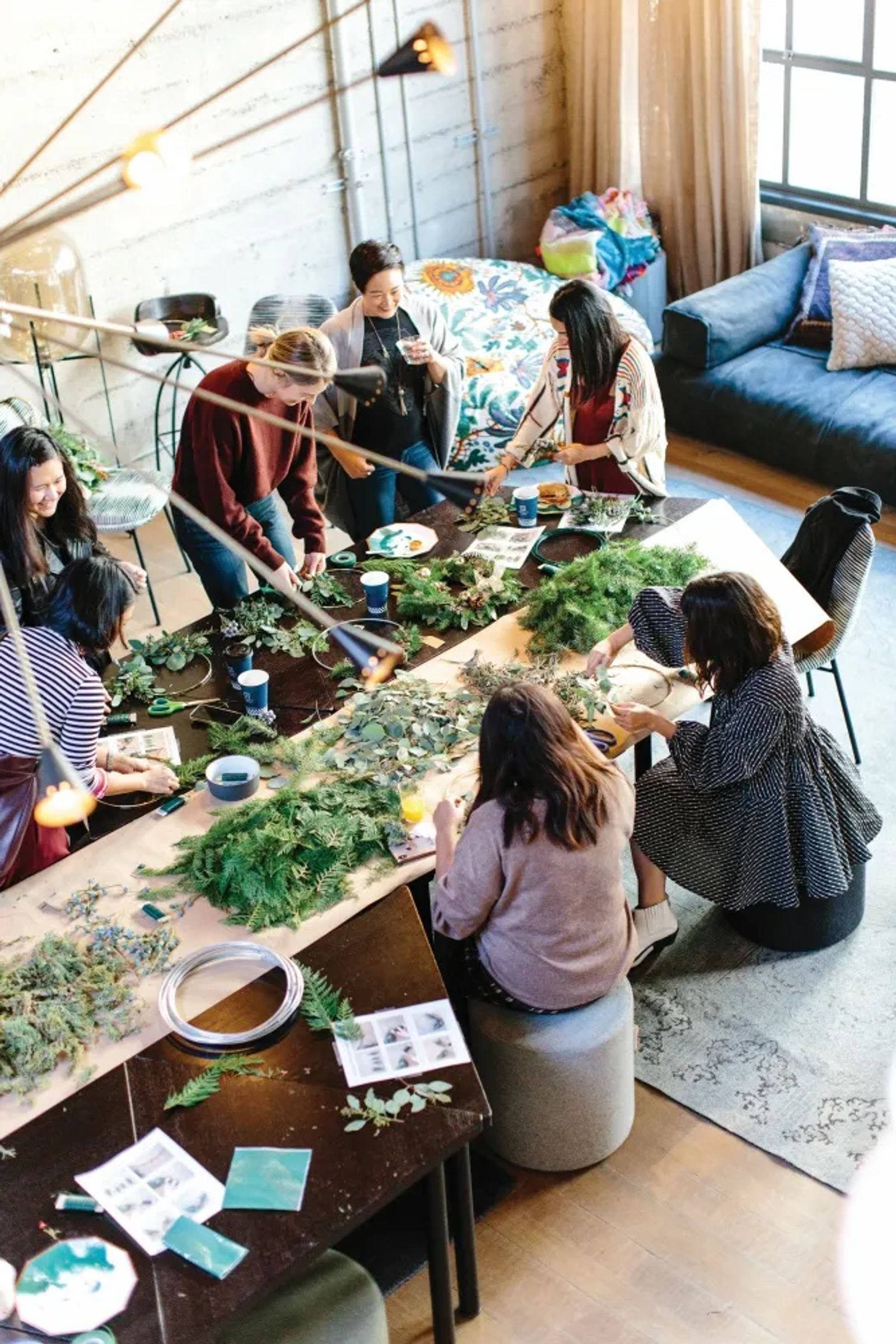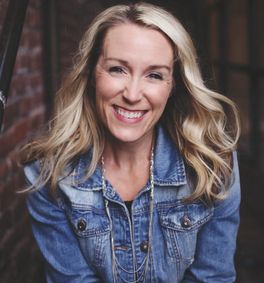
Transformation Traction
July 2020 | by jamie beeson
I decided one summer that I was going to learn to knit. You must know that I have zero sewing skills. I pretend I know how to sew on a button, but they never seem to stay on so I don’t think it counts. I don’t quilt, I don’t crochet, I don’t have any skill set that would lend itself to helping me learn knitting. In other words, I am a complete beginner.
In today’s world, when we want to learn how to do something new, we enroll ourselves in YouTube University. I got all of the supplies, found some tutorial videos that said they were for beginners and I began. Guess how many scarves I made that summer? Zero. Guess how many blankets I made? Zero. Guess how many cute baby hats I made? Nada. Why? Because I quit. I watched several videos, tried to follow along and it just didn’t seem to be working. I wasn’t knitting anything; I was knotting things it seemed. Learning to knit wasn’t that important so I just wasn’t willing to climb the “learning curve mountain.” The slope was too slippery and I just wasn’t interested. I wanted the mountain top views (blankets, scarves, and hats) without the process.
This is knitting we are talking about, but it’s really the change process in most arenas. Every change process or transformation journey comes with a built in learning curve. Especially the arenas that really matter to us and require more than just learning a few skills. The change processes that require us learning and creating new habits and patterns are especially slippery on the learning curve. It feels as though you take a few steep steps up the hill and slide right back down with mud on your knees and hands.
I want to share 5 ways that you can gain transformational traction up the slippery slope of a learning curve, but first, let me share a few reasons why the slope is slippery in the first place. The biggest factor that we hate to admit is that we have to really want to climb. Sometimes, the pain of the climb SEEMS worse than staying the same. In my knitting endeavors, I was fine remaining a non-knitter. I didn’t care that much if I never learned to knit.
One of the most common culprits is trying to learn too much too soon. If you are trying to create multiple habits, you have to remember, every habit has a learning curve. Too many mountains to climb diverts our attention, steals our energy and slows the progress which is defeating and exhausting.
Another common slip is that some are not seeing the climb as a learning curve at all. There is no learning. You are moving and slipping, going through the motions, but not learning from the slide, evaluating what’s needed and gaining traction. If we’re moving without progress, it’s likely we’re planning and acting without reviewing and learning.
Some of us try to use old ways on a new hill. Just like climbing a mountain, different equipment is needed in different seasons. Living in Montana, you and I know this all too well. Hiking a trail in July looks a whole lot different than hiking a trail in March or October. What you used in the last season, may not be what you need for this one.
Another frustrating path is taking the wrong path to the wrong destination. Did you determine the destination before setting out on the climb? What we want to become determines what we need to learn to do.
The last thing I’ll throw out there that makes for a slippery step is not breaking down the climb into sections. We have to start at the bottom, or the beginning rather. A marathon runner didn’t start their training with a 26.2 mile run in the first week. They built up to it. Some of us like to skip a few steps thinking it will get us to our goal faster.
Knowing that these are a few of the things that make the slope slippery, here are 5 D’s that will help you get Transformation Traction.
1. DEFINE THE TOP OF THE HILL
Who do you want to become at the top of the climb? What does that person act like? What do they think? What do they need to believe? Defining these things help you to plan your course of action.
2. DETERMINE YOUR COURSEWORK
Start from the bottom. Start from the beginning. Take the 101 course before you enroll in the 301 level. Pre-requisites are required before more advanced skills. It’s ok to be a beginner.
3. DIG IN & STUDY
After all, it IS called a learning curve. Therefore, we need to reflect, review, and realign. We should expect awkwardness and failures and use them as our best study guides. Gaining from failures gives us traction with firm grip.
4. DITCH the PAST
Just because it was the way that worked in the past, may not be the way it works for you now. Consider your current season, amount of attention you can give and the amount of energy you have. Create the correct plan for this season.
5. DAILY CELEBRATION
When it feels like you’ll never get to the top, don’t forget to look back and notice how far you’ve come. Celebrate every step and all progress. Celebration fuels motivation.
Originally printed in the July 2020 issue of Simply Local Magazine
Never miss an issue, check out SLM's digital editions here!





